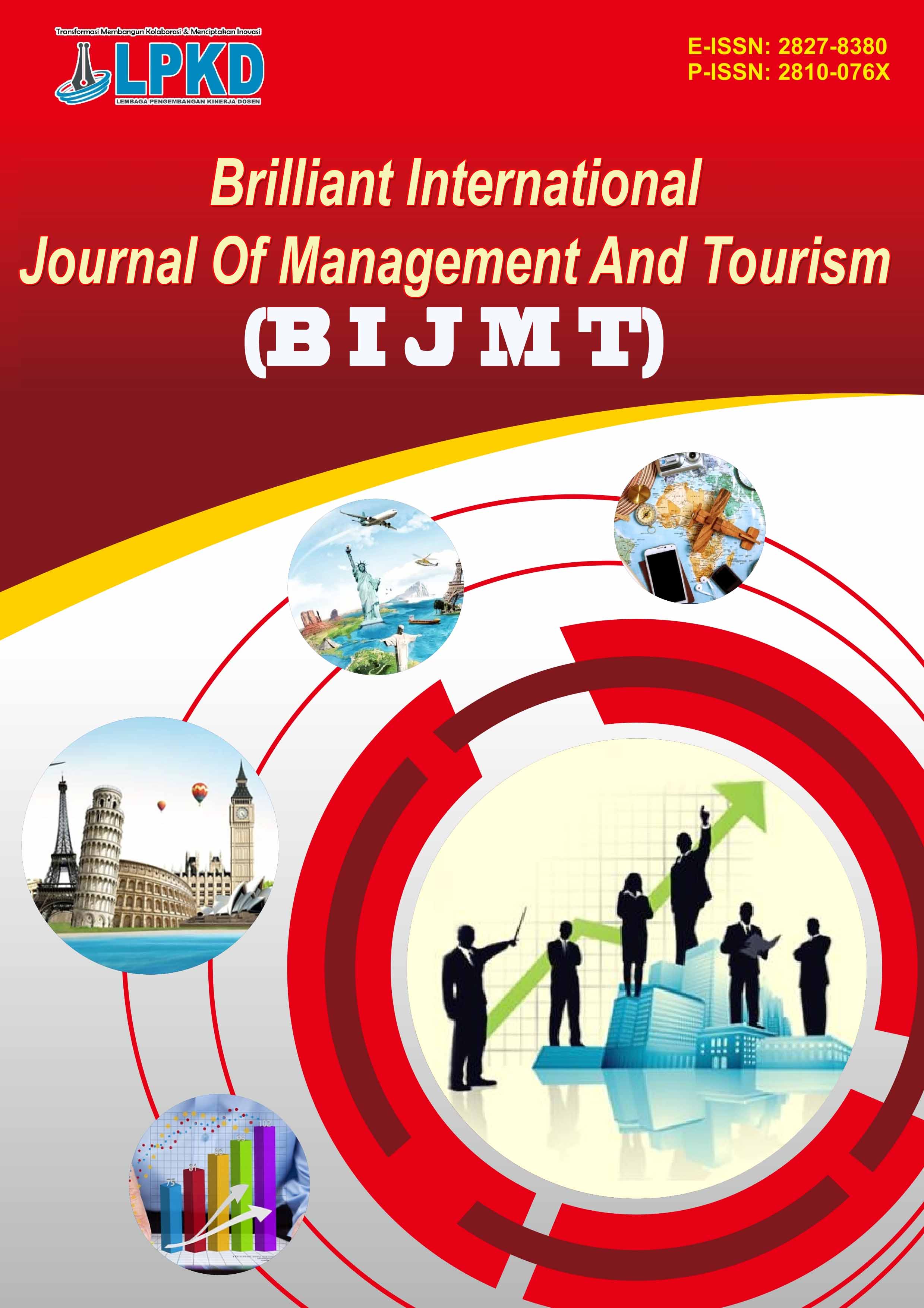Improving the Quality of Human Resources and the Welfare of Lecturers through Lecturer Certification
(A Literature Study and Direct Participation Observation)
DOI:
https://doi.org/10.55606/bijmt.v5i2.4410Kata Kunci:
Educator Certificate, Human Resources, Lecturer Certification, Lecturer Quality, WelfareAbstrak
This study aims to elaborate on improving the quality of human resources and the welfare of lecturers through a lecturer certification program. Lecturer certification is also very useful for the government in setting standards for lecturer qualifications in developing the Tri Dharma of Higher Education, namely Teaching, Research and Community Service. To achieve the goal of improving the quality of lecturers and improving the welfare of lecturers, lecturer certification is one of the most important ways in the higher education system in Indonesia. This study is an exploratory descriptive study with a Library study method and direct observation of the research problem. The results of the study indicate that lecturer certification allowances have a positive impact on improving the quality of lecturers and also improving the welfare of lecturers in increasing income for lecturers' living needs. It is hoped that this study can be a useful source of information for the government, the general public and other researchers in the future.
Referensi
Ahmadi, A., Maisah, M., & Fadlilah, F. “Dampak Sertifikasi Dosen (Profesionalisme, Profesi, Kompetensi) Terhadap Kinerja Dosen,” Jurnal Kewirausahaan Dan …, vol. 1, no. 3, pp. 92–100, 2023.
Amruzziyad, S., & Nasroh, M. S. “Analisis Kebijakan Tentang Sertifikasi Pendidik Guru dan Dosen,” Pendas: Jurnal Ilmiah Pendidikan Dasar, vol. 10, no. 1, pp. 221–227, 2025.
Anggreni, P. “Sertifikasi Dosen, Motivasi Kerja dan Korelasinya dengan Kinerja Dosen,” Jurnal Ilmiah Pendidikan Profesi Guru, vol. 6, no. 1, pp. 176–185, 2023. doi: 10.23887/jippg.v6i1.58635.
Assa Riswan. “Faktor Penyebab Anak Putus Sekolah di Desa Sonuo Kecamatan Bolangitang Barat Kabupaten Bolaang Mongondow Utara,” Jurnal Ilmiah Society, vol. 2, no. 1, pp. 1–12, 2022.
Gara, V., & Chamariyah, S. “Peran Sertifikasi Dosen, Kompetensi SDM dan Budaya Kerja Dalam Meningkatkan Kinerja Dosen Universitas Katolik Indonesia Santu Paulus Ruteng,” Jurnal Manajemen Ekonomi Bisnis Kewirausahaan, vol. 8, no. 2, pp. 1–11, 2021.
Kartika, I., Sulastriningsih, K., & Pratiwi, P. S. A. “Evaluasi Sertifikasi Dosen Dalam Peningkatan Mutu Pendidikan Tinggi Pada Program Studi Sarjana Kesehatan Masyarakat di Sekolah Tinggi Ilmu Kesehatan B Jakarta Tahun 2023,” Jurnal Teknologi Pendidikan (JTP), vol. 8, no. 2, pp. 245–252, 2015. doi: 10.24114/jtp.v8i2.3329.
Kintamani, I. “Analisis Sumber Daya Manusia Pendidikan Tinggi,” Jurnal Pendidikan Dan Kebudayaan, vol. 17, no. 4, pp. 404–418, 2011. doi: 10.24832/jpnk.v17i4.37.
Kumala, D. A. R. “Strategi Pengembangan Sumber Daya Manusia,” Jurnal Penelitian Dan Pengembangan Sains Dan Humaniora, vol. 6, no. 2, pp. 254–261, 2022. doi: 10.23887/jppsh.v6i2.50493.
LLDIKTI5Yogyakarta. “Sumber Daya Dosen Kunci Kualitas Perguruan Tinggi,” LLDIKTI5 Yogyakarta, 2022. [Online]. Available: https://lldikti5.kemdikbud.go.id/home/detailpost/sumber-daya-dosen-kunci-kualitas-perguruan-tinggi
Wahyudi, A. “Sertifikasi Dosen Dalam Upaya Peningkatan Kualitas Pembelajaran di Program Studi Administrasi Publik Fakultas Ilmu Sosial dan Ilmu Politik Universitas Tulungagung,” Program Studi Administrasi Publik Universitas Tulungagung, pp. 1–28, 2002.
Unduhan
Diterbitkan
Cara Mengutip
Terbitan
Bagian
Lisensi
Hak Cipta (c) 2025 Brilliant International Journal Of Management And Tourism

Artikel ini berlisensiCreative Commons Attribution-ShareAlike 4.0 International License.






